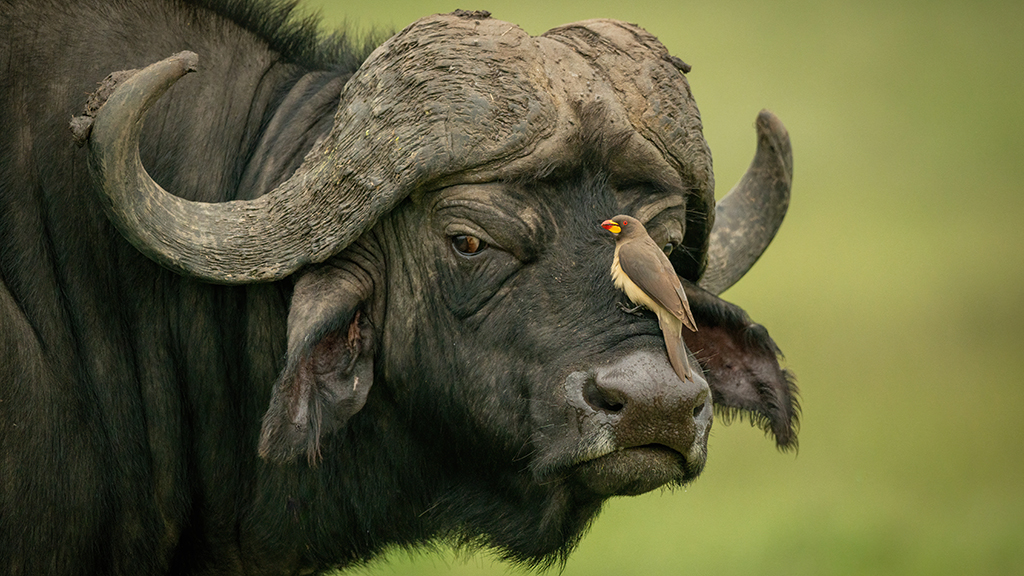Abstract
Symbiotic relationships are interactions between species that live closely with each other and are commonly separated into three types: parasitism, mutualism, and commensalism. Students are often under the impression that these types are distinct and mutually exclusive, but on closer examination some interactions appear to be at times mutualistic, at other times parasitic. Is it perhaps better to think of mutualism and parasitism as two ends of a sliding scale, with commensalism in the middle? In this case study, students consider this question by examining what is often considered to be a classic example of mutualism existing between oxpecker birds and African savanna large mammals. After students examine data from a research study on oxpecker behavior, they then apply a more nuanced understanding of species interactions to a set of additional scenarios. The learning objectives for the case align with the Four-Dimensional Ecology Education Framework. The case was written for an upper-level undergraduate ecology course, but could easily be adapted for an introductory biology course.



